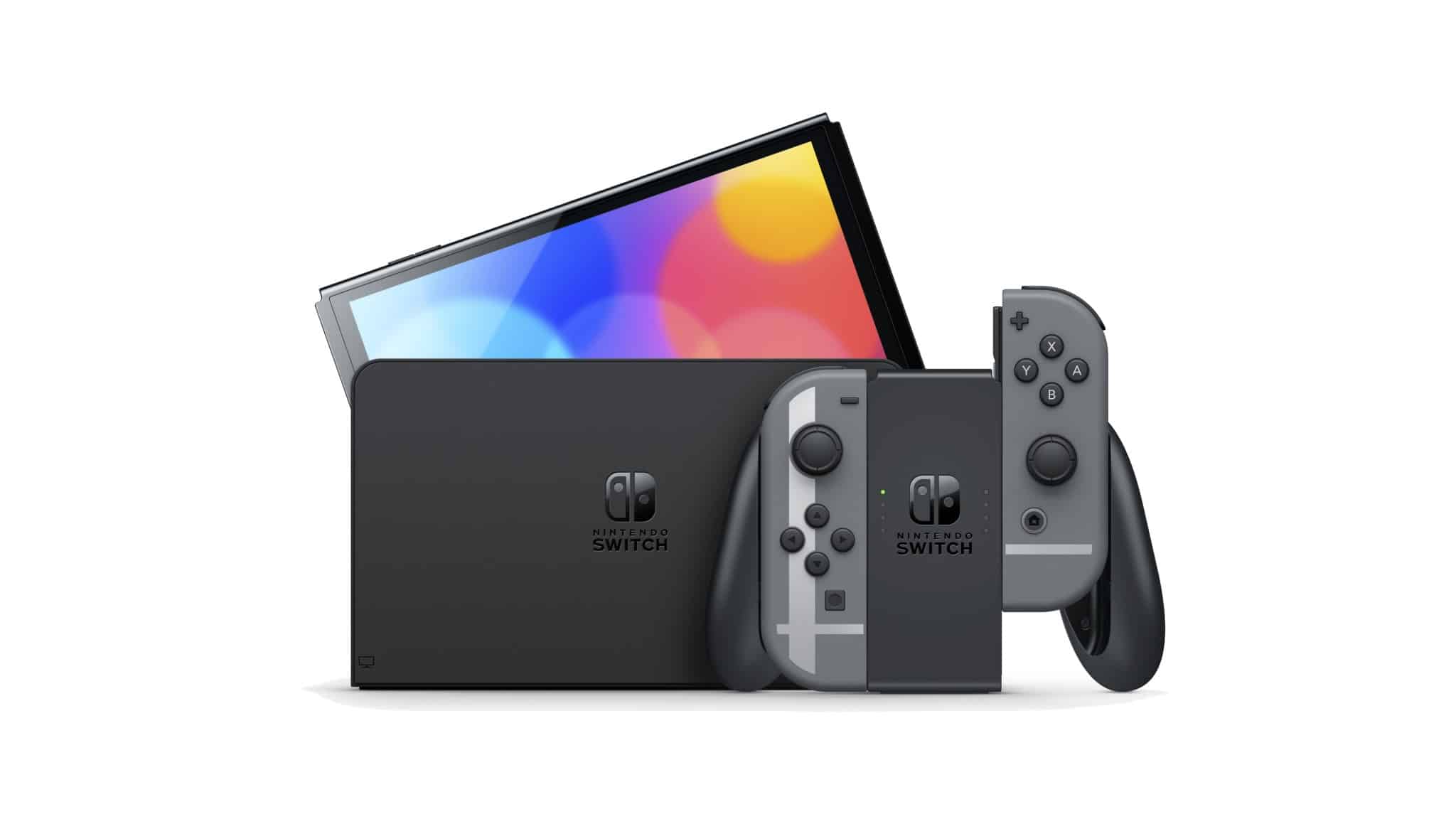
Summary:
In a groundbreaking report, Bloomberg’s Takashi Mochizuki reveals that Nintendo is poised to produce over ten million units of the highly-anticipated Nintendo Switch 2 within its initial fiscal year. This revelation has sent shockwaves through the gaming industry, especially when compared to the supply struggles faced by Sony and Microsoft during the launches of their respective PlayStation 5 and Xbox Series X consoles. This article delves into the details behind this bold move, exploring the significance of supply chain data, the challenges of securing a new console at launch, and the future of Nintendo’s iconic Switch series.
Supply Chain Data
The gaming world was abuzz when Bloomberg reporter Takashi Mochizuki dropped a bombshell report regarding Nintendo’s production plans for the upcoming Nintendo Switch 2. Unlike Sony and Microsoft’s struggles with the PlayStation 5 and Xbox Series X, Nintendo aims to flood the market with over ten million units in its initial fiscal year.
Supply chain data has become a critical factor in the gaming industry. It allows companies to forecast demand accurately and optimize production. Nintendo’s ability to analyze and act on this data positions them for success in meeting the demand for the Nintendo Switch 2.
Nintendo’s Ambitious Production Plans
Nintendo’s ambitious production target reflects their confidence in the new console’s potential success. This proactive approach is a stark contrast to the scarcity issues faced by Sony and Microsoft during their console launches.
The PlayStation 5 and Xbox Series X launches were marred by supply shortages, leaving many gamers frustrated. Securing one of these consoles without pre-ordering was nearly impossible, highlighting the importance of Nintendo’s approach.
Nintendo Switch 2 Production Forecast
Bloomberg’s report is based on a wealth of supply chain data and display shipment information, providing insights into Nintendo’s ambitious plans for the Nintendo Switch 2. The company’s ability to produce over ten million units in the initial fiscal year is indeed a remarkable feat. This forecast raises several questions: How does Nintendo plan to achieve this level of production, and what does it mean for the gaming market?
Nintendo has a history of carefully managing its supply chain and production processes. The company has developed strong relationships with its suppliers, ensuring a steady flow of components necessary for console assembly. By optimizing production lines and logistics, Nintendo has consistently met demand for its products.
In contrast, both Microsoft and Sony faced significant challenges during the launches of the Xbox Series X and PlayStation 5. Supply shortages plagued the market, making these consoles incredibly hard to come by during the initial release period. Gamers had to pre-order to secure their consoles, and even then, availability was limited.
Comparing with Xbox Series X and PlayStation 5 Launches
The struggles of Microsoft and Sony in meeting console demand were evident. The gaming community eagerly anticipated the release of the Xbox Series X and PlayStation 5, but limited supply hindered their accessibility. Gamers were left frustrated, often unable to find these consoles in stock.
Nintendo’s ability to produce over ten million Nintendo Switch 2 systems in its initial fiscal year places it in a unique position. While Microsoft and Sony grappled with supply issues, Nintendo is poised to meet demand effectively, ensuring that more gamers can access their console during the launch period. This strategic advantage could potentially give Nintendo an edge in the competitive console market.
Nintendo’s Console Supply Strategy
Nintendo’s decision to keep a tight lid on the successor to the Nintendo Switch raises intriguing questions. Why hasn’t Nintendo officially announced the Nintendo Switch 2, despite the promising production forecast? The company’s silence hints at a deliberate strategy.
Nintendo is known for its innovation and unconventional approaches. By withholding details about the Nintendo Switch 2, the company maintains a level of excitement and anticipation among gamers. This secrecy could lead to a surge in pre-orders when the console is eventually announced.
Conclusion
In a gaming landscape marked by intense competition, Nintendo’s potential to produce over ten million Nintendo Switch 2 systems in the initial fiscal year sets a new standard. The analysis of supply chain data and display shipment information showcases Nintendo’s commitment to meeting demand effectively, avoiding the supply challenges faced by its rivals, Microsoft and Sony. The decision to keep the Nintendo Switch 2 under wraps adds an element of mystery and excitement to Nintendo’s strategy, further fueling anticipation in the gaming community. As gamers eagerly await official announcements, it’s clear that Nintendo is poised to outpace the competition in the console market.
FAQs
- 1. What is the source of the information about Nintendo Switch 2 production?
- The information about Nintendo Switch 2 production comes from a report by Bloomberg reporter Takashi Mochizuki, which is based on supply chain data and display shipment information.
- 2. How does Nintendo plan to produce over ten million Nintendo Switch 2 systems?
- Nintendo has a history of carefully managing its supply chain and production processes, which includes strong relationships with suppliers and optimized production lines.
- 3. Why did Microsoft and Sony face supply challenges during the Xbox Series X and PlayStation 5 launches?
- Both Microsoft and Sony faced supply challenges due to high demand and logistical issues, resulting in limited availability during the initial release period.
- 4. Why hasn’t Nintendo officially announced the Nintendo Switch 2?
- Nintendo’s decision to withhold details about the Nintendo Switch 2 is likely a deliberate strategy to build excitement and anticipation among gamers.
- 5. How will Nintendo’s production strategy impact the gaming market?
- Nintendo’s ability to meet demand effectively could give the company a competitive edge in the console market, ensuring more gamers can access their console during the launch period.













